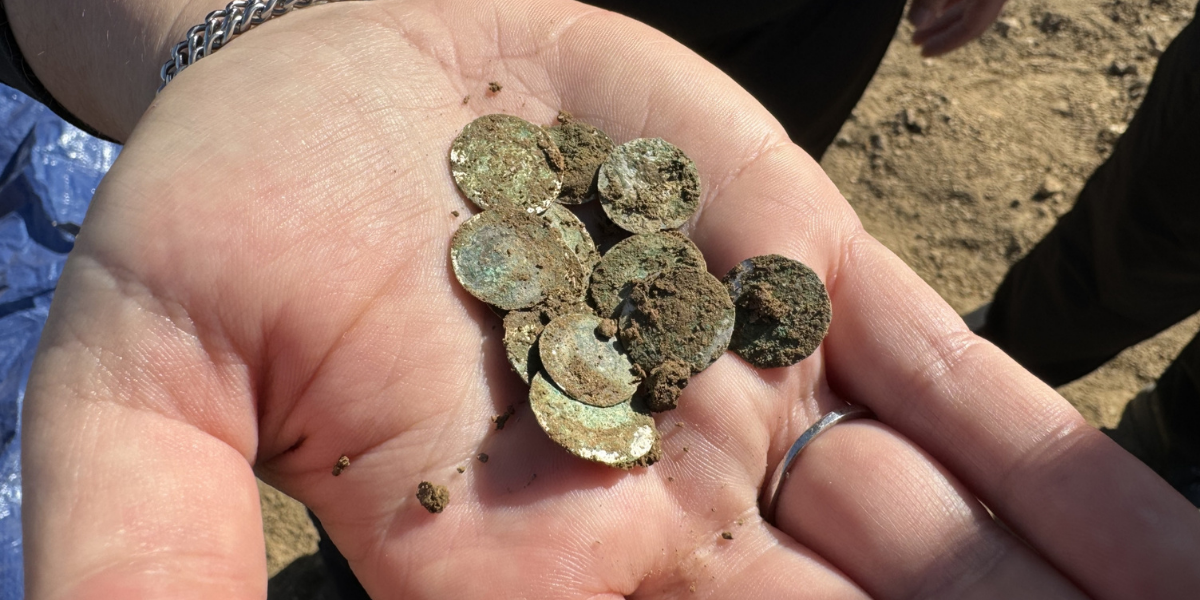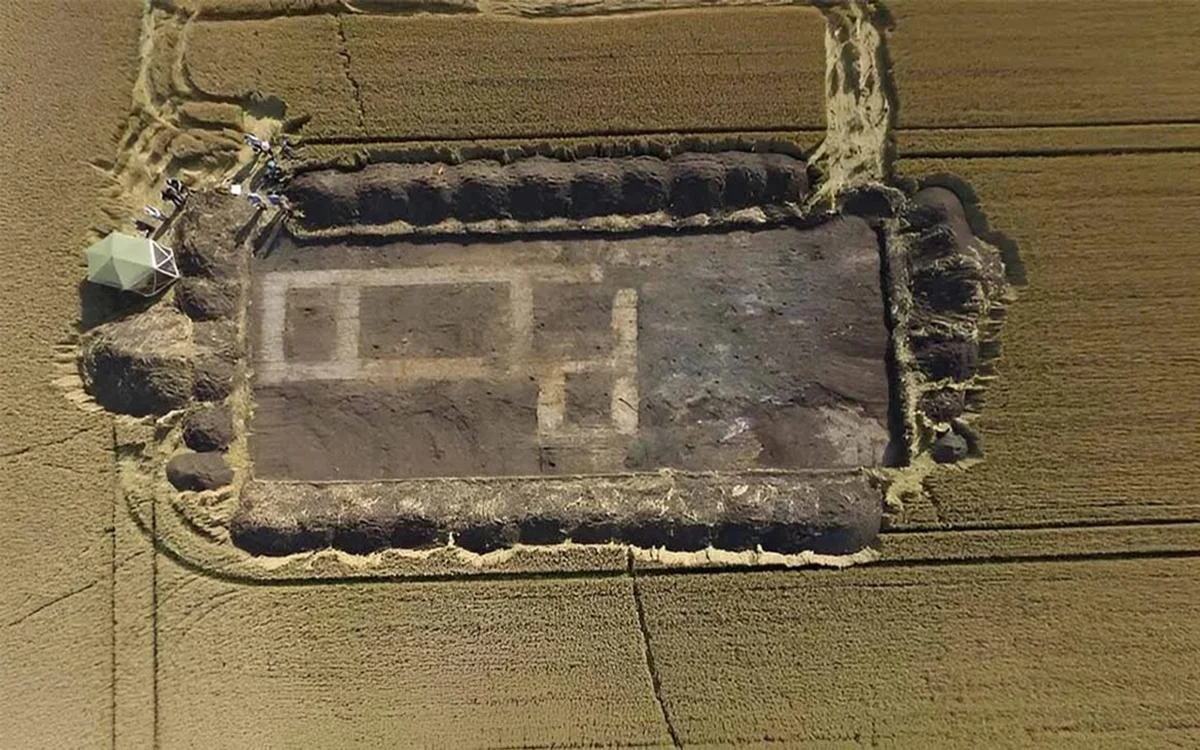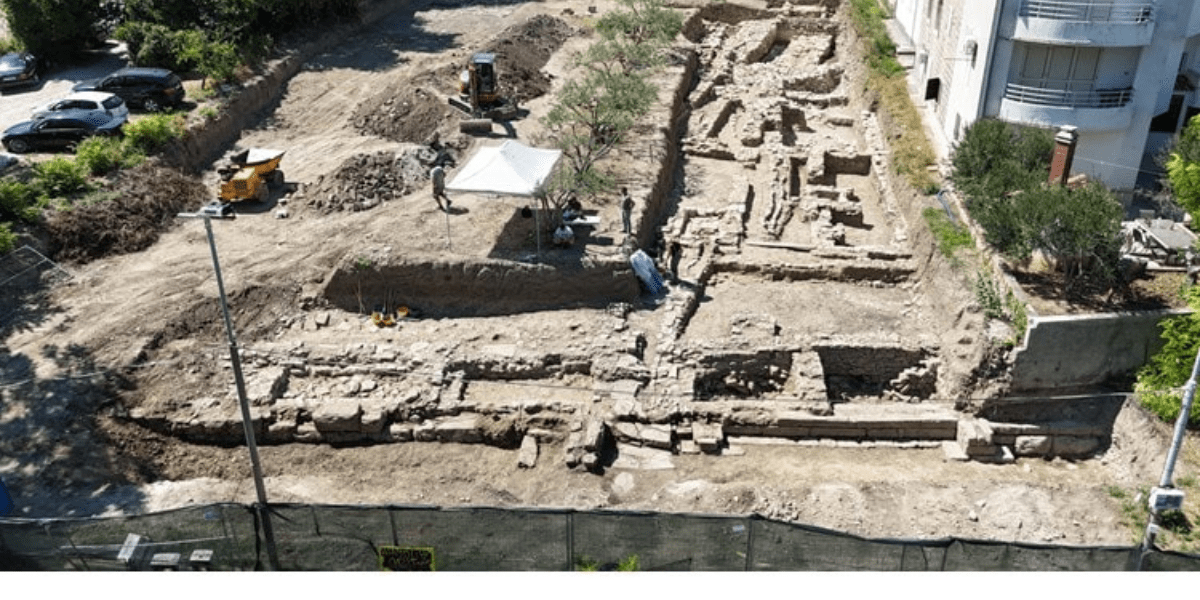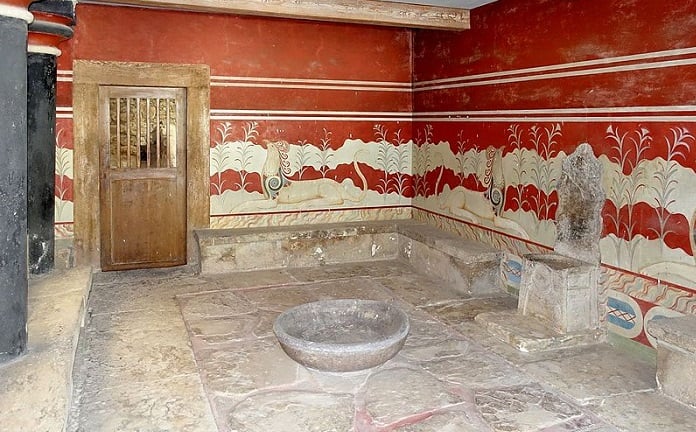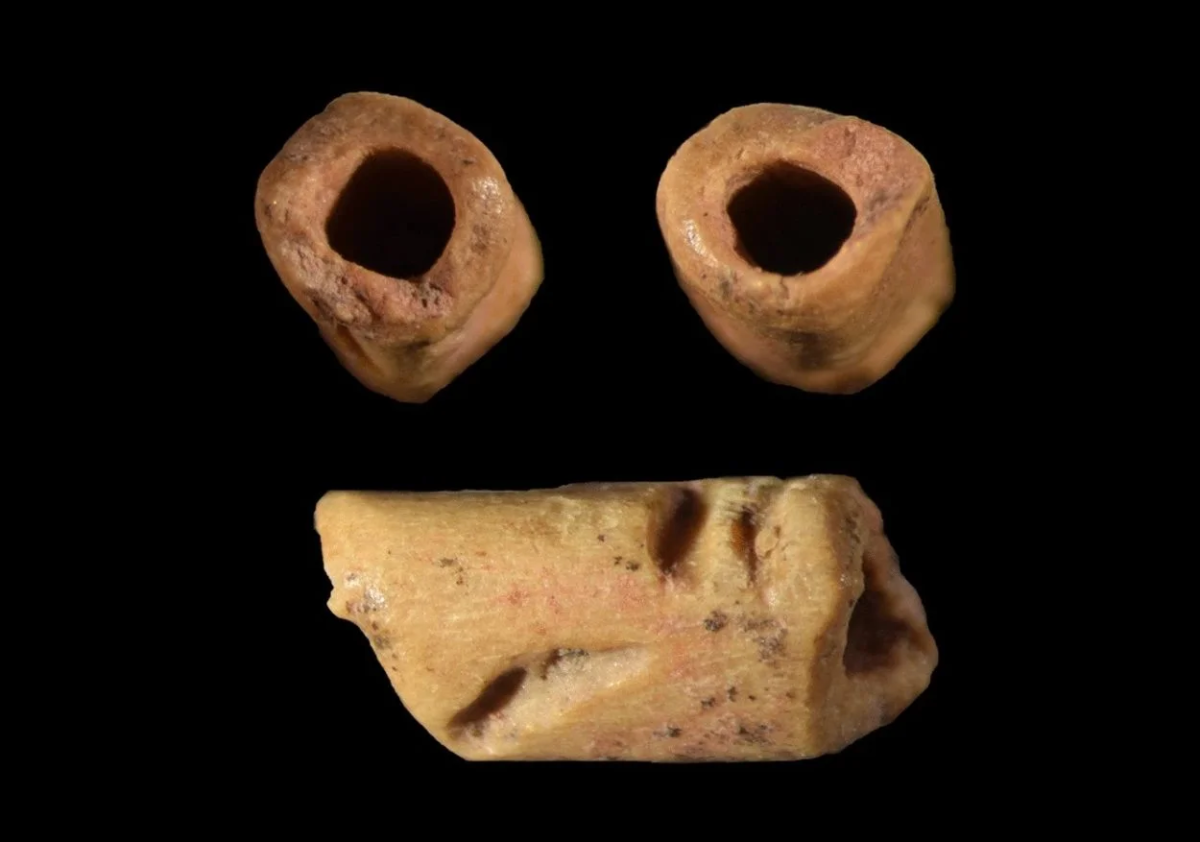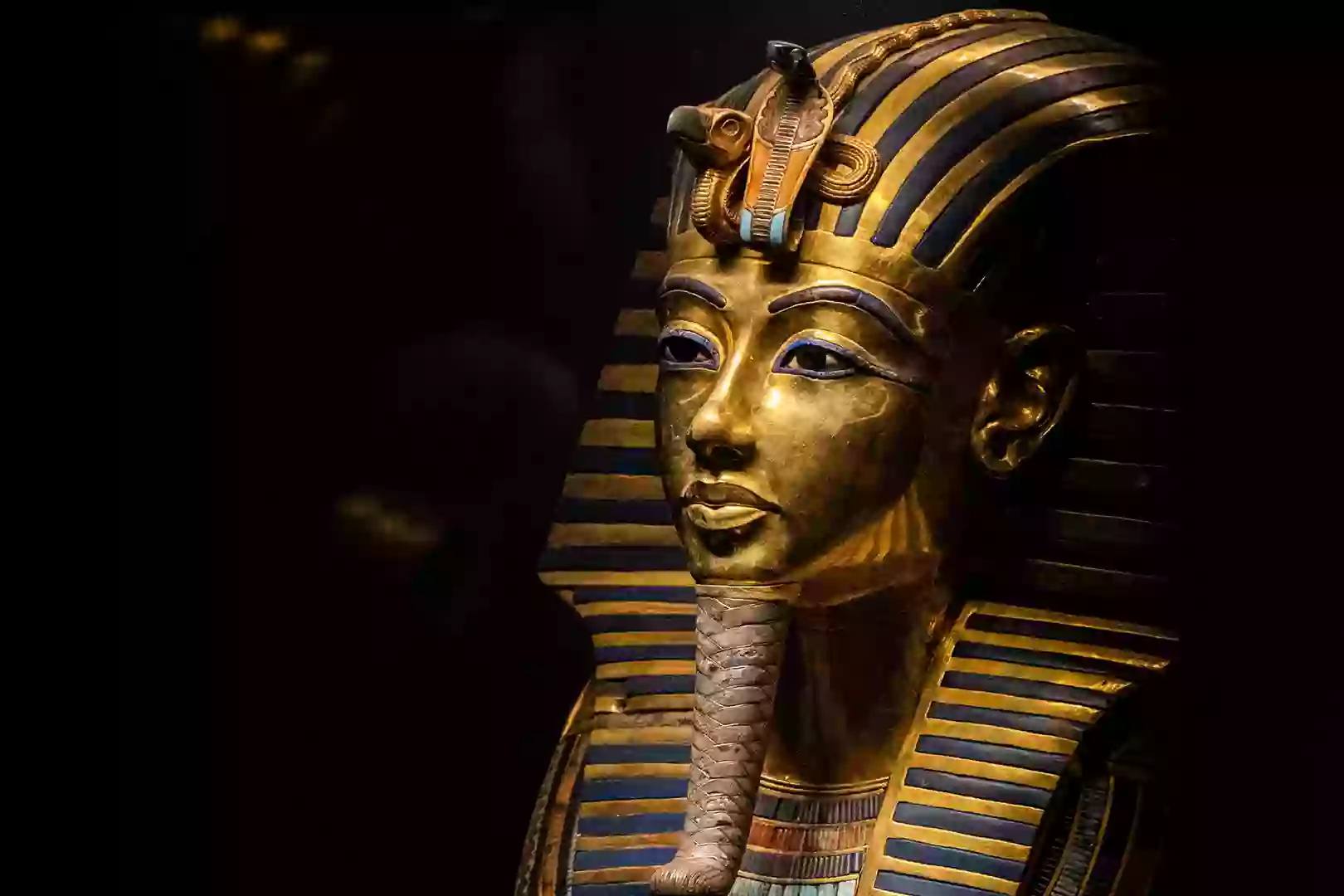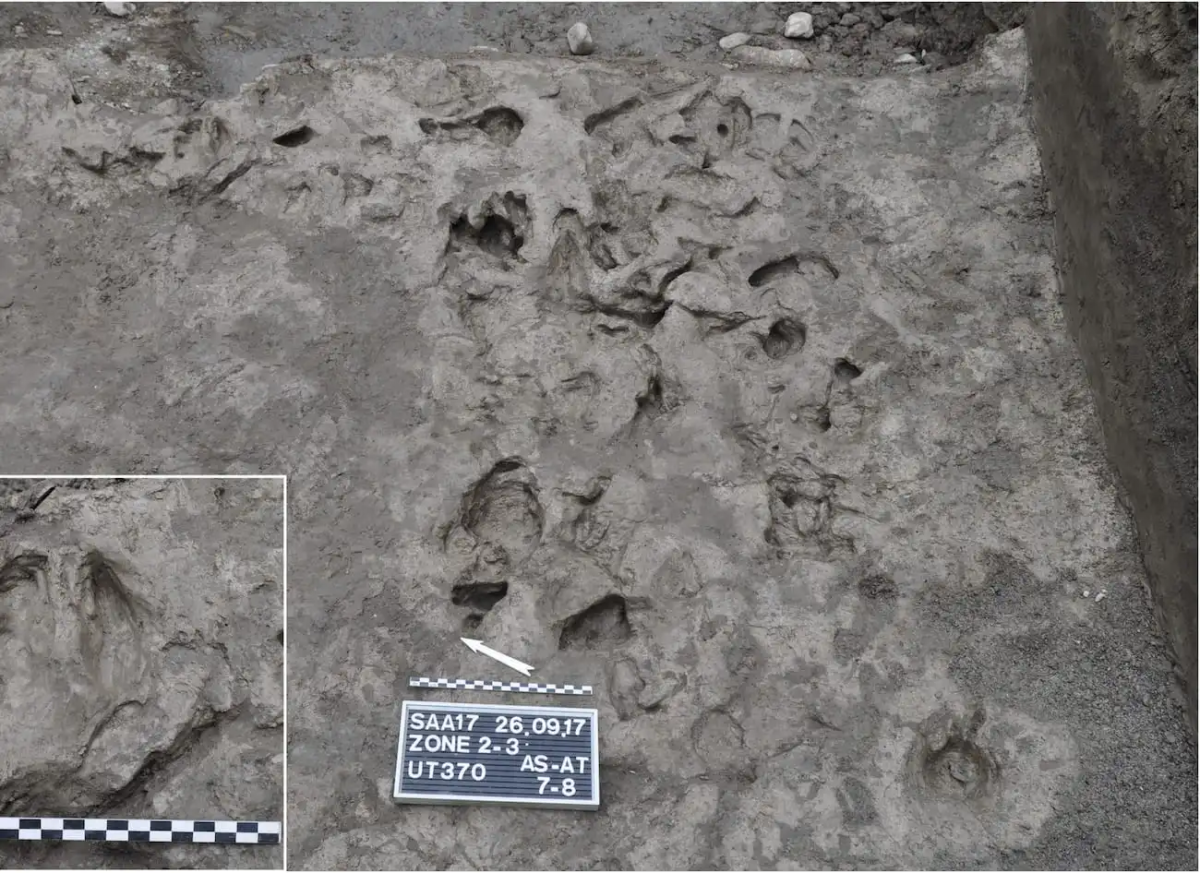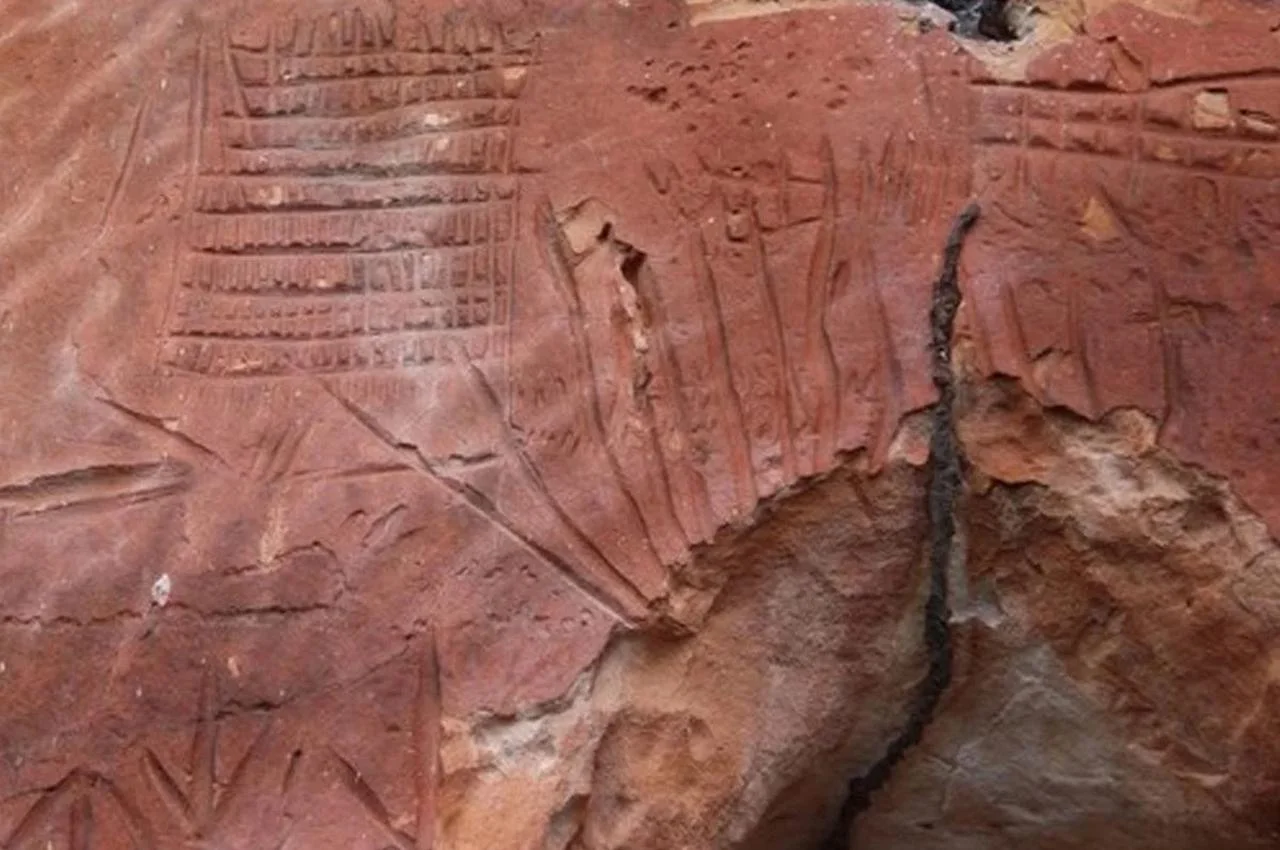A woman hiking in Kutnohorsk, 50 miles southeast of the Czech capital Prague, found one of the largest hoards of early medieval coins ever found in the Czech Republic.
As soon as heritage officials received the news, they immediately went to the site to scan the area with metal detectors.
Preliminary work revealed more than 2,150 silver denarii minted by the Bohemian monarch King Vratislav II.
The news of the discovery was announced by the Institute of Archaeology of the Czech Academy of Sciences.
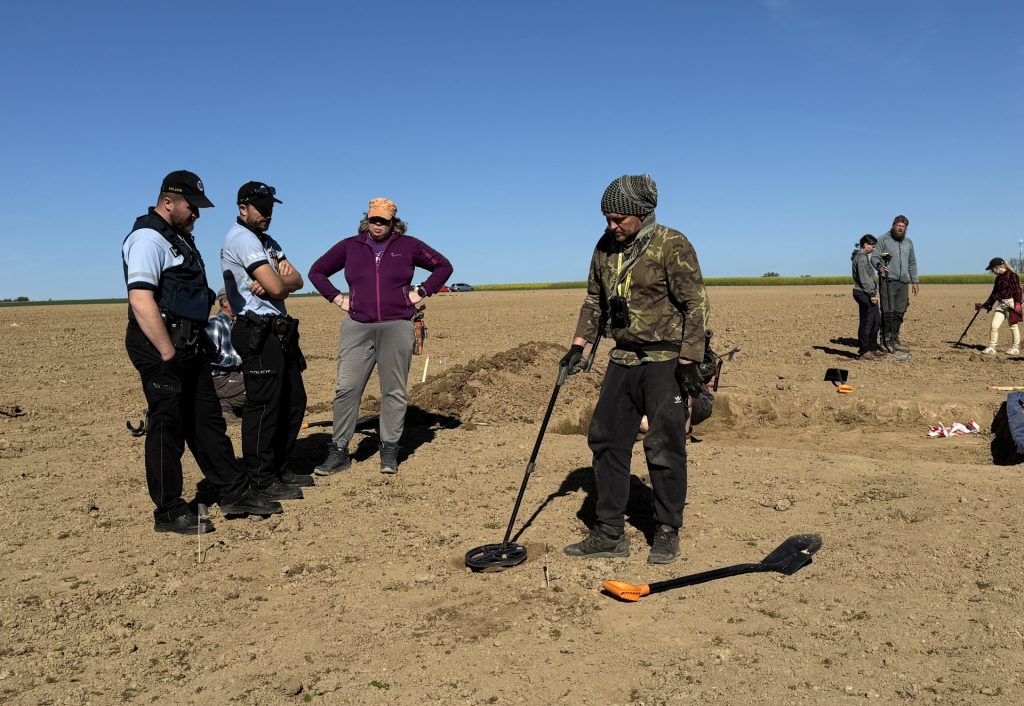
“The entire hoard was originally stored in a ceramic vessel, unfortunately preserved only after its base was plowed,” says archaeologist Filip Velímský of the Institute of Archaeology of the Czech Academy of Sciences in Prague.
“It was probably put in place in the first quarter of the 12th century, during a period of internal political instability. At that time, there were disputes in the country between members of the Přemyslid dynasty over the princely throne of Prague,” says Filip Velímský, explaining the conditions under which the coins were kept in storage.
The rich denarii “collection” is being processed by specialists from the Institute of Archaeology of the Czech Academy of Sciences, Prague (Institute of Archaeology of the Czech Academy of Sciences) and the Czech Silver Museum in Kutná Hora.
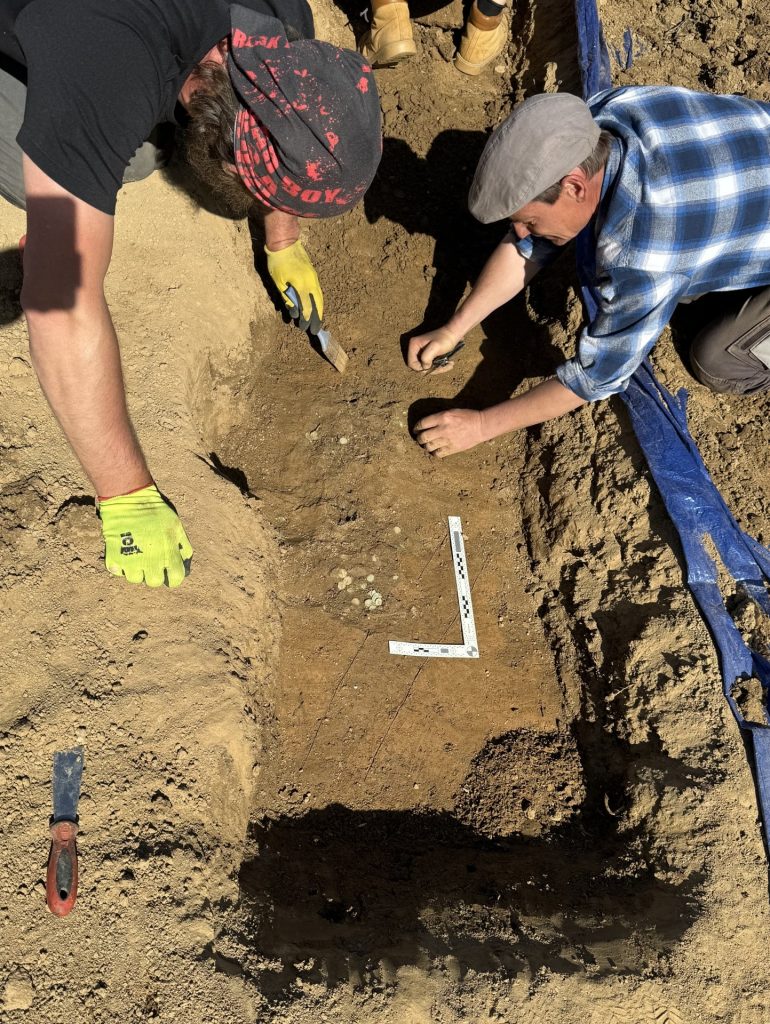
“The coins were most likely minted at the Prague Mint from silver imported to Bohemia at the time,” says Lenka Mazačová, director of the Czech Silver Museum in Kutná Hora.
The denarius is made of a coin alloy that, in addition to silver, also contains a mixture of copper, lead and trace amounts of other metals. Identifying this particular composition can also help determine the origin of the silver used.
“Unfortunately, there is no data on the purchasing power of contemporary coins from the early 11th and 12th centuries. But for an ordinary person it was a huge, unimaginable and at the same time unaffordable amount. It could be compared to winning a million in the jackpot,” explains Filip Velímský.
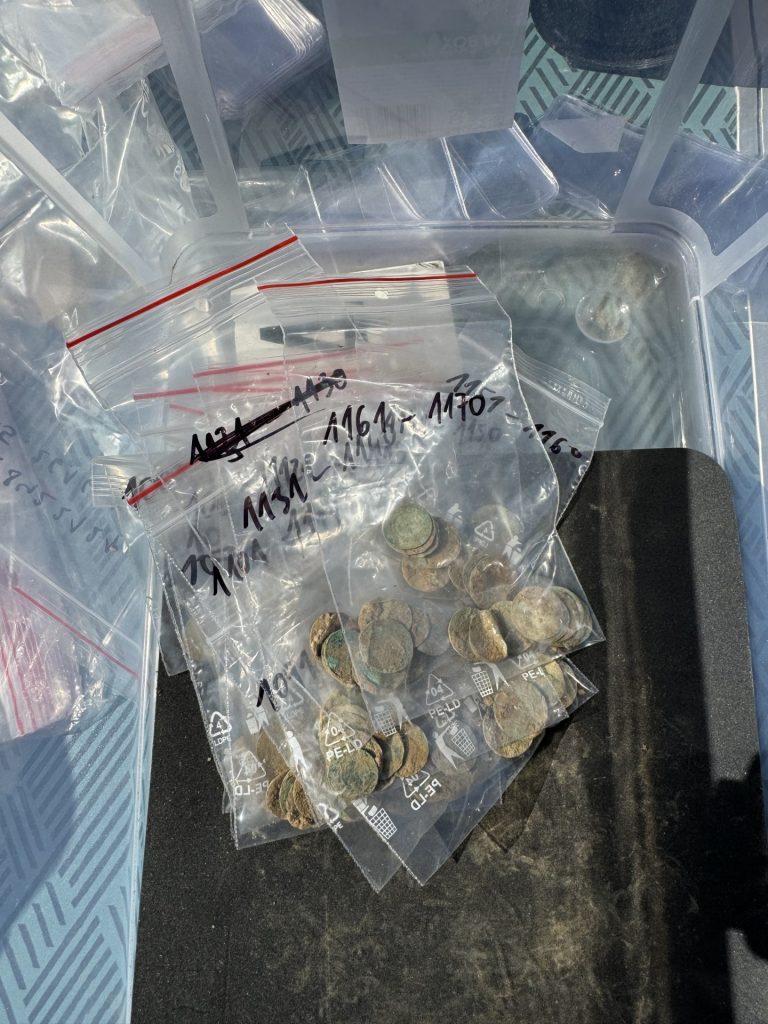
Due to frequent battles for the princely throne of Prague, the armies of individual rival princes repeatedly marched through today’s Kutná Hora region. Experts do not exclude the possibility that the hoard found represents cash for the payment of salaries or spoils of war.
The coins are being examined by experts from the Czech Silver Museum. Each coin will be recorded, cleaned, photographed and evaluated for any conservation needs.
The coins will also be subjected to X-ray and spectral analysis to determine their metal composition. Once all the work has been completed and a complete catalog of the hoard has been created, it is intended to be on public display at the Czech Silver Museum until the summer of 2025.
Cover Photo: Archeologický ústav AV ČR, Praha

